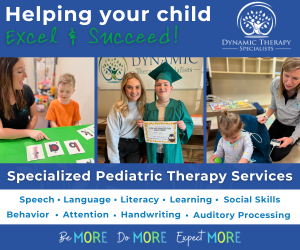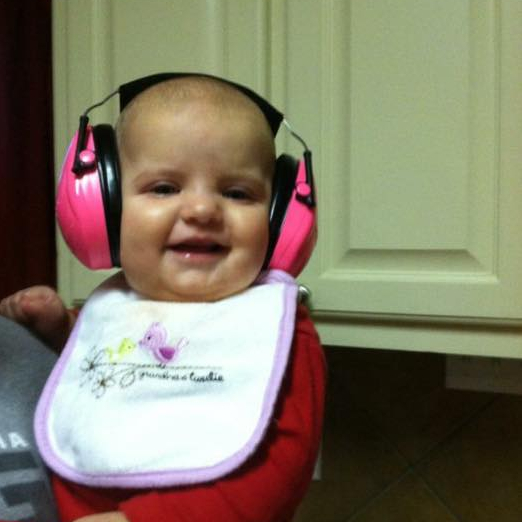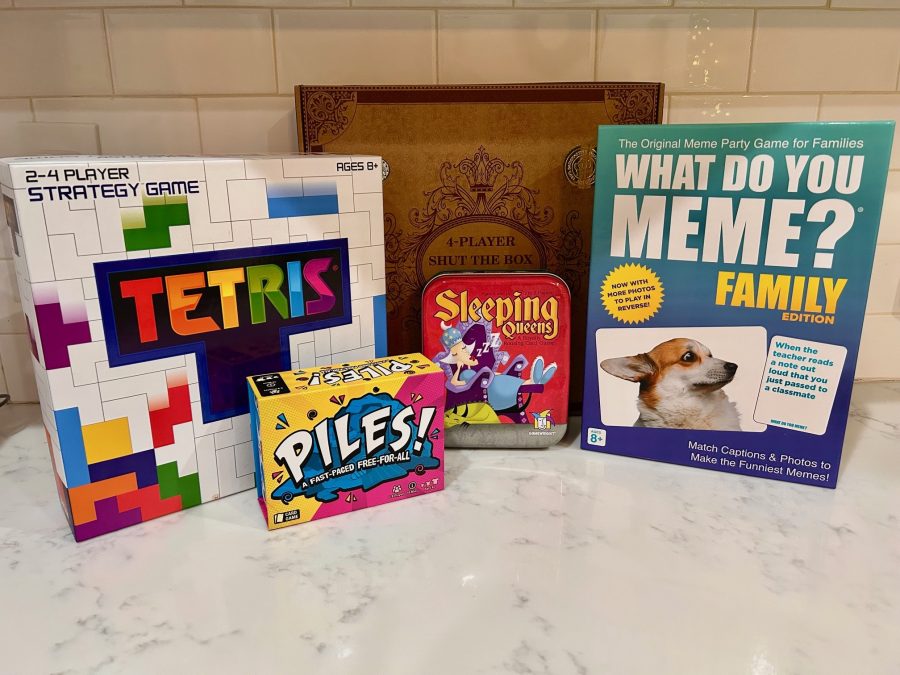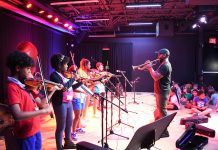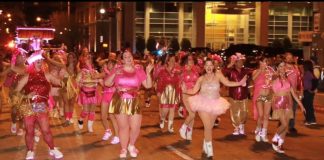Enduring a long NICU stay? We’ve been there. Looking for a great urgent care for children in Baton Rouge? Red Stick Mom has suggestions. We’ve talked about taking mental health days for kids, how to battle pesky molluscum, and arthritis in children. These are just a few of the health + wellness questions we’ve addressed on Red Stick Mom over the nine years we’ve served the community.
In this blog post, you will learn how prevention of hearing loss in childhood and adolescence is an important consideration for the short-term hearing health of your child and for a lifetime of good communication.
Protecting Your Children from Noise-Induced Hearing Loss
May is recognized as Better Hearing and Speech Month. While many parents are all too familiar with services provided by speech therapists and audiologists, there are many topics that are not addressed often enough.
Pediatric noise-induced hearing loss is an example of such an important, yet seldom addressed issue. With the near constant use of digital devices and headphones, children are more likely to expose themselves to potential dangerous noise levels without parents even knowing. Also commonly overlooked are dangerous environmental noise levels.
Fortunately, noise-induced hearing loss is completely preventable. Maintaining a vigilant awareness of potentially dangerous noise levels and providing adequate protection and education for your children (and yourself) can ensure a lifetime of hearing wellness.
This post was written in collaboration with Dr. Rebecca Davis who has been an audiologist for 17 years and is currently an associate professor in the Communication Sciences and Disorders program at Southeastern Louisiana University and a mother of three.
Noise-induced hearing loss (NIHL) is defined as hearing loss resulting from short-term or chronic exposure to excessive levels of sound (Hall, 2014), and it can occur at any age. In recent years, the risk of NIHL in children and adolescents has increased significantly. The American Academy of Audiology has reported that 1 in 8 children have NIHL, and 16% of adolescents have NIHL (2008). Use of personal listening devices (PLD) such as iPods and toys that emit excessive levels of noise may contribute to the increased risk (Levey, 2012). In assessing risk, consideration is given to the decibel (dB) level of the sound and the time of exposure to the sound. In general, the higher the dB level of a particular sound, the less time a person can safely be exposed to that sound. Toys have been shown to emit in excess of 100 dBA, which is comparable in loudness to a chain saw. The use of PLDs also includes a concern regarding not only the dB level of the device, but also the time spent using the device, as the cumulative effect on hearing can also be significant. Additionally, children may have increased risk with activities such as use of power tools and/or lawn mowers, shooting/hunting for recreational purposes, and playing musical instruments. All of these risks can play a role in the damage of hearing.
The following chart depicts the intensity of sound and allowable exposure times, as delineated by the National Institute on Occupational Safety and Health (www.cdc.gov, 2015). These guidelines were developed to decrease risk in work-related noise exposure, but the same rules are applicable across the lifespan and in all circumstances where there is exposure to noise.
Common signs of hearing loss can include:
- Asking for repetition and clarification
- Misunderstanding what has been said
- Difficulty maintaining attention
- Difficulty hearing in background noise
- Changes in behavior and/or school performance
- Tinnitus (ringing in the ears)
If you suspect your child (or other family member) has developed hearing loss due to excessive noise exposure, seek the services of an audiologist for comprehensive testing and subsequent treatment.
The most effective method of prevention is through education and hearing protection. Providing hearing protection for your little ones can be challenging. Here are a few recommendations and some current technology to protect your children’s hearing:
- Avoid potential risks or limit them. This can include noisy activities such as concerts.
- Reduce exposure by limiting a child’s time using PLDs.
- Use volume-limiting headphones.
- Increasing distance from the offending source of noise (increasing distance decreases the dB level).
- Wear hearing protection! There are many different kinds of hearing protection devices – even ones specifically designed for small ears and/or special purposes (such as those specially designed for musicians and hunters).
- Have your child’s hearing tested and monitor him/her for changes in hearing if regularly exposed to noise.
Unfortunately, there is no cure for permanent damage to the ear, such as the type produced by exposure to noise. Therefore, prevention of hearing loss in childhood and adolescence is an important consideration for the short-term hearing health of your child and for a lifetime of good communication. Habits regarding health and wellness that are established early in life are more likely to continue into adulthood.








